Most anglers will recall that first fish they ever caught, and chances are it was a panfish. In my case it was a pumpkin seed or ‘sunfish’ as we called them as kids. Similarly, many anglers ignited their fishing journeys by learning how to target panfish. So, if you want to know everything about panfish for the fun of it, stay put. We are about to give you all of the details about these fun, oddly shaped fish and how they are the perfect fish for novice anglers!
Common Types of Panfish
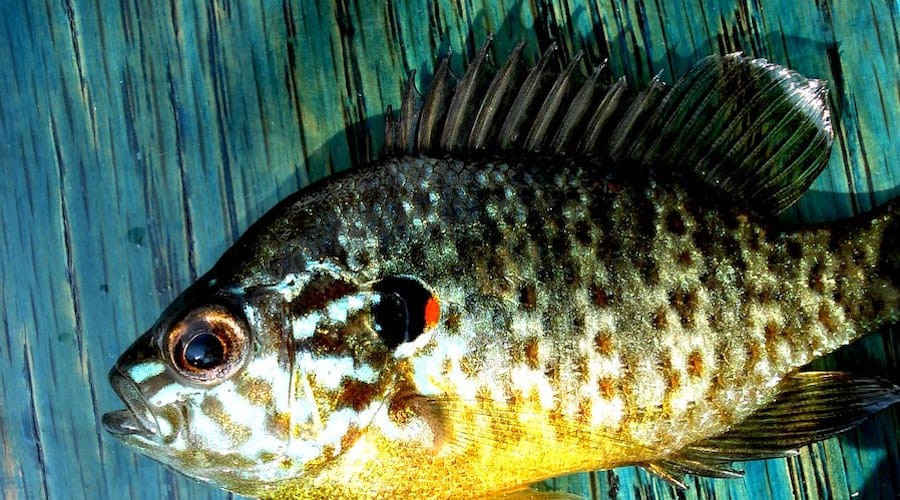
Image Credit: Photo by Hugo-photography on Creative Commons
Often, new anglers will misidentify panfish or rope them all under the same name. However, each of these fish is different with their own identity and markings. Here is a list of the many types of panfish:
- Bluegill
- Black crappie
- White crappie
- Flier
- Sacramento perch
- Pumpkinseed
- Green sunfish
- Longear sunfish
- Redbreast sunfish
- Redear sunfish
- Spotted sunfish
- Warmouth
Why Do People Fish for Panfish?
Panfish like bluegill and sunfish are relatively easy to catch. These fish are an excellent species to target to get your children and grandchildren more excited about fishing. Also, some of them, like black and white crappie, are even considered game fish in certain areas. Plus, as their name implies, they taste pretty delicious when fried up in a pan.
These species are perfect for luring in larger game fish like catfish, striped bass, and muskie.
Do You Need a Special Fishing Rod Style for Catching Panfish?
No, you can use virtually all types of fishing rod styles for panfish fishing. Whether you’re using your grandfather’s cane pole, a spinning, a spin cast, a baitcaster, or a flyrod, you’re good to go. However, you need to be aware of your rod’s power rating. Using too heavy of a rod power can cause you to lose fish. Since panfish have delicate lips, you could rip your hook or lure out.
We will discuss what tackle weight and rod power we suggest using for panfish in a later section.
Best Time of Day for Panfish
You can target panfish throughout most of the day, although the best time is in the early morning. Activity in both crappie and bluegill spike in the morning, as both species travel in schools to feed. The next peak time to fish for panfish is late evening, a couple of hours before sundown. Then, if you’re going for sunfish, they will typically bite throughout all times of the day.
How To Target Panfish
Now that you have a good grasp of the basics of panfish fishing check out our eight tips to targeting these fish in your local waters. We’ll go over things like bait and tackle selection, as well as what types of areas to fish.
Tip #1: Lightweight Tackle
First, using lightweight tackle such as ultra-light to medium-powered rods will make it easier for you to sense bites. For example, you want to stick with a lower-numbered line weight for panfish, around a 4 to 8-pound test. However, if you’re using a braided fishing line for fishing areas with dense cover for crappie, I recommend a 15 to 20-pound test. For fly anglers, we recommend using a 3 to a 4-weight fly outfit.
Tip #2: Think Small When It Comes To Hook, Lure, and Bait
Second, you want to keep your hook, lure, and bait sizes small for panfish fishing. When selecting what size to use for crappie, we suggest using a size 6 to a size 1. You can go as large as a number one hook for crappie because they have relatively wider mouths than bluegill or sunfish. For all other panfish species, you should stick to smaller numbered hooks such as a 10 to a 6. If you’re using treble hooks, go lower in the numbers. For example, size 18 to 16 will suffice.
Tip #3: Straight Long-Shanked Hooks Work Best
Third, one of the most versatile pieces of tackle you can use to target panfish are light-wire, straight long-shanked hooks. For instance, long-shanked ones like Mustad’s Aberdeen are sharp, durable, and have a phenomenal hookset ability. Aberdeen’s are favored amongst crappie anglers because they’re wide enough to hold live minnows or worms. Plus, the extended shank gives you more leverage when it comes time to removing it from the fish’s mouth.
Tip #4: Chunk Up Your Nightcrawlers
Fourth, cutting up your nightcrawlers into smaller bite-sized pieces will improve your hook-up ratio. Sometimes, bluegill or other panfish will only nibble on whole dangly worms, preventing you from setting your hook. It is better to use a piece of worm that large enough to cover your hook’s point.
Tip #5: Live Minnows
Fifth, You can use jigs, soft plastics, or crankbaits for crappie; however, nothing seems to outfish a good ol’ minnow. Live minnows are absolute slab slayers, and the best part is you can pick them up for relatively cheap at any bait shop. An adult black crappie’s diet leans more piscivorous, so they feed almost exclusively on smaller baitfish, such as minnows.
Tip #6: Shoot Docks and Vegetated Waters for Crappie
Sixth, the best rule of thumb for finding crappie is to search for areas that provide cover. Crappie inhabits covered areas because it keeps them safe from predators. Also, similar to bass, crappie utilizes cover to strike unwary prey fish. Here is a list of places you can likely find crappie:
- Ponds
- Fishing docks
- Near boat launches
- Waters with submerged vegetation
- Fallen and standing timber
- Submerged boulders
- Rocky riprap
Tip #7: Locate Brush Piles and Other Shade-Covered Areas for Bluegill
Seventh, Similar to bass, bluegill prefers inhabiting areas with plenty of shade. Here are some examples of bluegill hotspots:
- Ponds
- Small to medium-sized lakes
- Deep points in lakes
- Near shorelines with overhanging trees
- Submerged vegetation
- Brush piles
- Fallen timber
Tip #8: Use Alternative Methods for Catching Non-Game Panfish Species
Last but not least, depending on your state’s regulations, you can utilize alternative fishing methods to catch non-game panfish species. In some states, you may be able to fish for panfish by using:
- Casting nets
- Dip nets
- Seine nets
These alternative techniques are excellent if you’re more focused on the quantity of fish you catch over the quality. One situation where it’s better to obtain a larger amount of fish is if you need to use the panfish as bait for other game fish. Since bluegill groups into schools during an early morning feeding, cast nets can be very effective.
The Early Worm Gets the Fish
Remember, if you want to get in on prime-time panfish fishing, you must get out on the water in the early morning. The early bird always gets the worm! Or, in this case, the early worm gets the fish. Happy pan fishing, tight lines and enjoy!

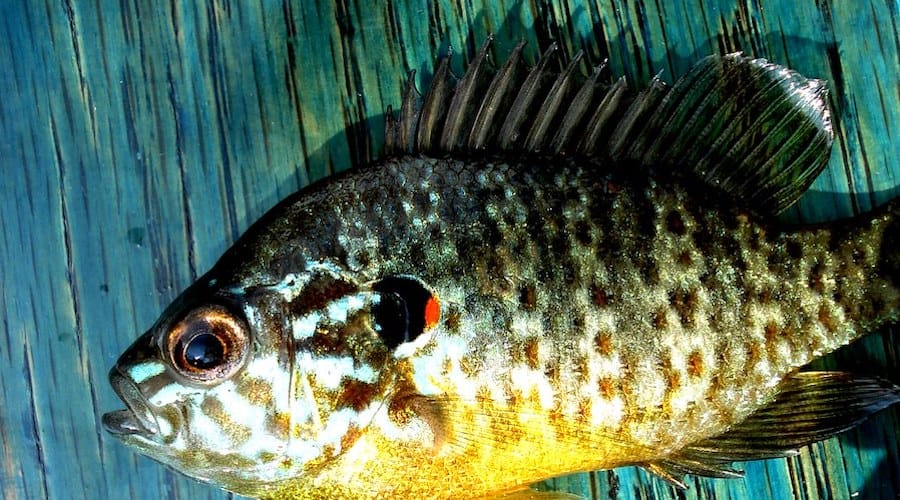
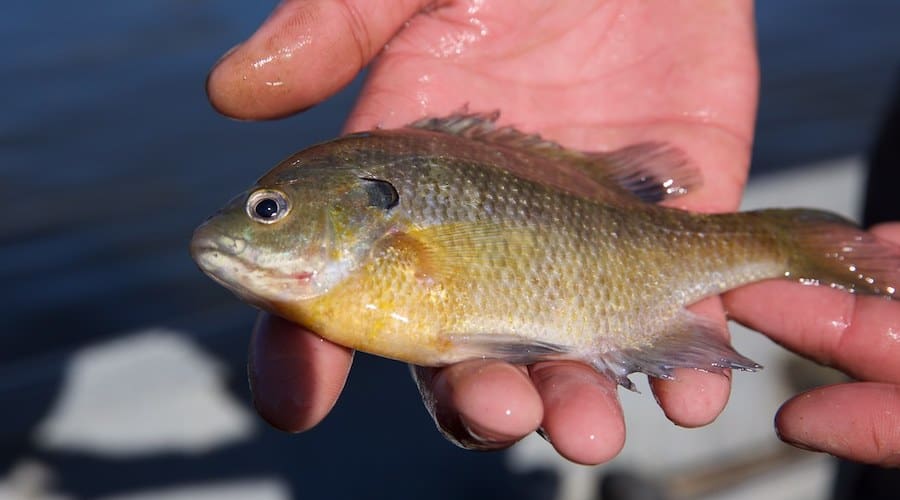

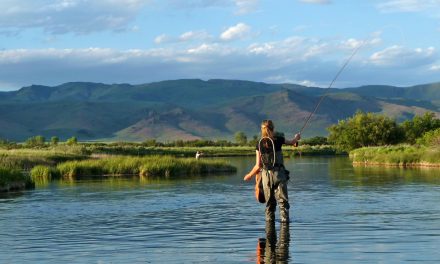

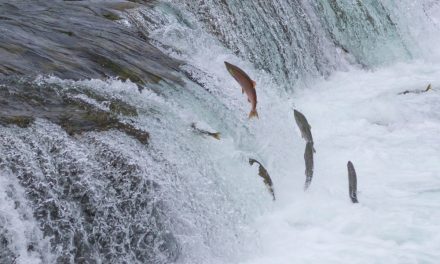
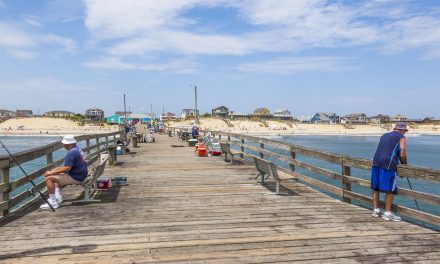
 E-Newsletter
E-Newsletter